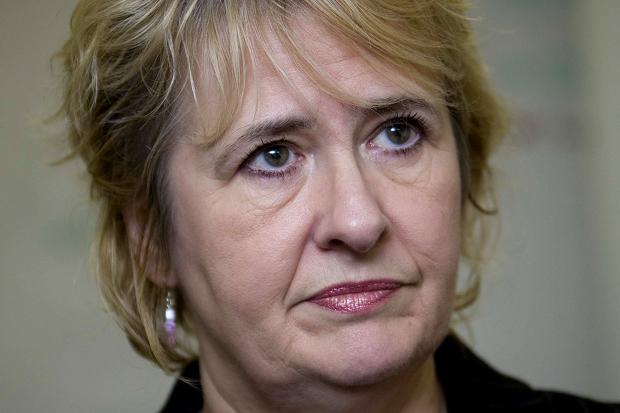Scotland has exceeded the level of its 2020 target to reduce greenhouse gas emissions by 42% six years early, Climate Change Secretary Roseanna Cunningham has said.

The latest climate change statistics show Scotland’s emissions, for reporting against targets, have fallen by 12.5% year on year to 41.9 million tonnes carbon dioxide equivalent (MtCO2e) in 2014. This is a reduction of 45.8% from the 1990 baseline.
The figures published last week also show that Scotland continues to outperform the rest of the UK as a whole, with a 39.5% drop in Scottish source emissions between 1990 and 2014 compared to the UK’s 33% reduction over the same period. Scotland is also one of the leading countries in Western Europe for reducing emissions.
Cabinet Secretary for Environment, Climate Change and Land Reform said: “Scotland is making outstanding progress in reducing greenhouse gas emissions. These statistics show that we not only met the annual 2014 emissions reduction target but also exceeded the level of our world-leading 2020 target for a 42% reduction, six years ahead of schedule.
“The reduction in residential emissions in 2014 may have been due to people turning down their heating. This underlines that small individual actions, if repeated on a large scale, can have a big impact in tackling climate change
“This is an especially important time for climate change, in light of the international agreement reached in Paris last December and it is great news that Scotland continues to show ambition and demonstrate the progress that can be made.
“We will continue to rise to the challenge and the First Minister has already confirmed that the Scottish Government plans to establish a new and more testing 2020 target. We are not complacent and we will continue to take action and encourage others to do their bit to tackle climate change.”
Ms Cunningham was speaking on a visit to the Harlaw Hydro community renewable energy project.
Chair of Harlaw Hydro, Martin Petty, said: “Harlaw Hydro is a cooperative set up for the benefit of the community. It was created in order to build and operate a hydro-electric scheme using the water from Harlaw Reservoir. When the reservoir is full the scheme, which was initiated by, funded by and managed by the community, generates enough green energy to power up to 150 houses. Climate change affects us all, and I am pleased that we are able to make a contribution to Scotland’s efforts to tackle it.”
